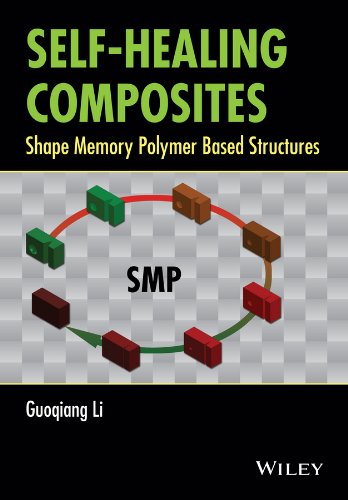

Most ebook files are in PDF format, so you can easily read them using various software such as Foxit Reader or directly on the Google Chrome browser.
Some ebook files are released by publishers in other formats such as .awz, .mobi, .epub, .fb2, etc. You may need to install specific software to read these formats on mobile/PC, such as Calibre.
Please read the tutorial at this link. https://ebooknice.com/page/post?id=faq
We offer FREE conversion to the popular formats you request; however, this may take some time. Therefore, right after payment, please email us, and we will try to provide the service as quickly as possible.
For some exceptional file formats or broken links (if any), please refrain from opening any disputes. Instead, email us first, and we will try to assist within a maximum of 6 hours.
EbookNice Team

Status:
Available4.8
10 reviewsIn this book, the self-healing of composite structures with shape memory polymer as either matrix or embedded suture is systematically discussed. Self-healing has been well known in biological systems for many years: a typical example is the self-healing of human skin. Whilst a minor wound can be self-closed by blood clotting, a deep and wide cut needs external help by suturing. Inspired by this observation, this book proposes a two-step close-then-heal (CTH) scheme for healing wide-opened cracks in composite structures–by constrained shape recovery first, followed by molecular healing. It is demonstrated that the CTH scheme can heal wide-opened structural cracks repeatedly, efficiently, timely, and molecularly. It is believed that self-healing represents the next-generation technology and will become an engineering reality in the near future.
The book consists of both fundamental background and practical skills for implementing the CTH scheme, with additional focus on understanding strain memory versus stress memory and healing efficiency evaluation under various fracture modes. Potential applications to civil engineering structures, including sealant for bridge decks and concrete pavements, and rutting resistant asphalt pavements, are also explored. This book will help readers to understand this emerging field, and to establish a framework for new innovation in this direction.
Key features: